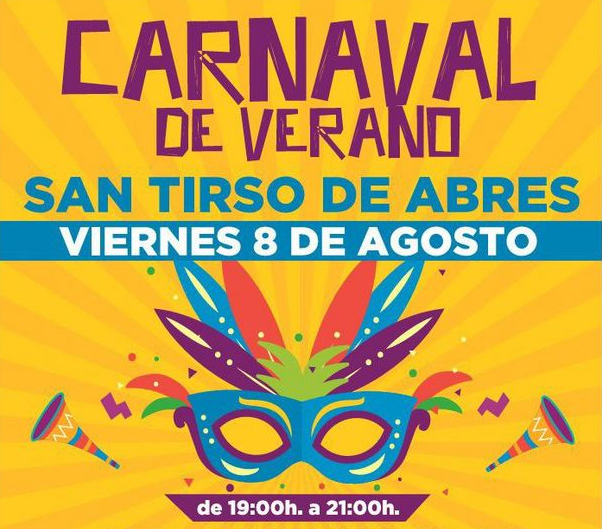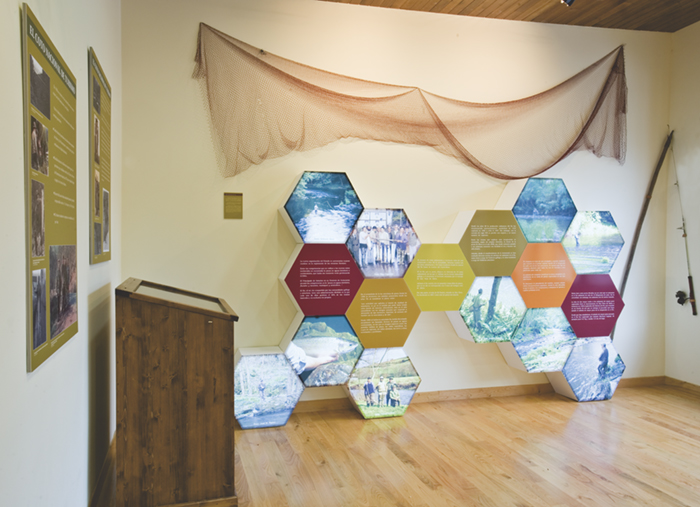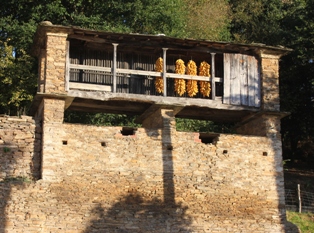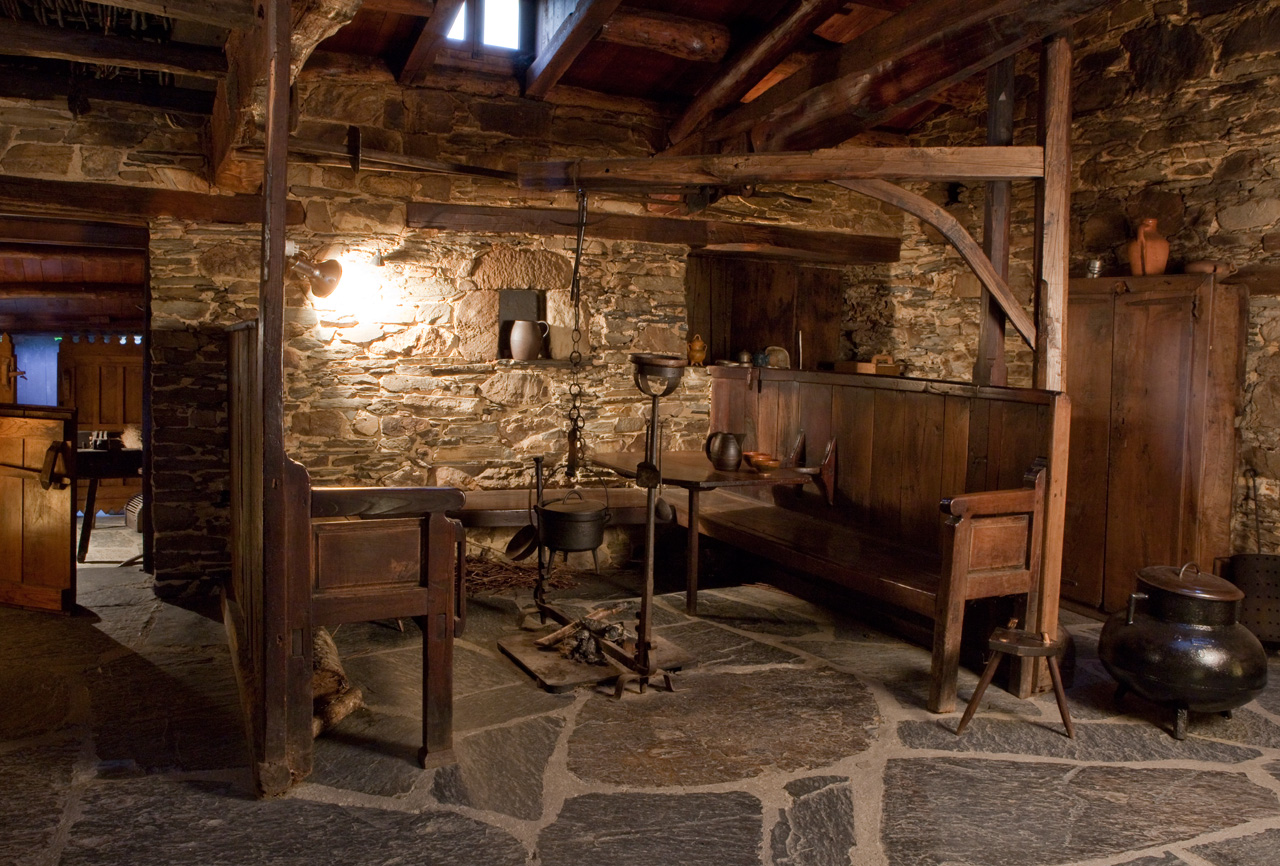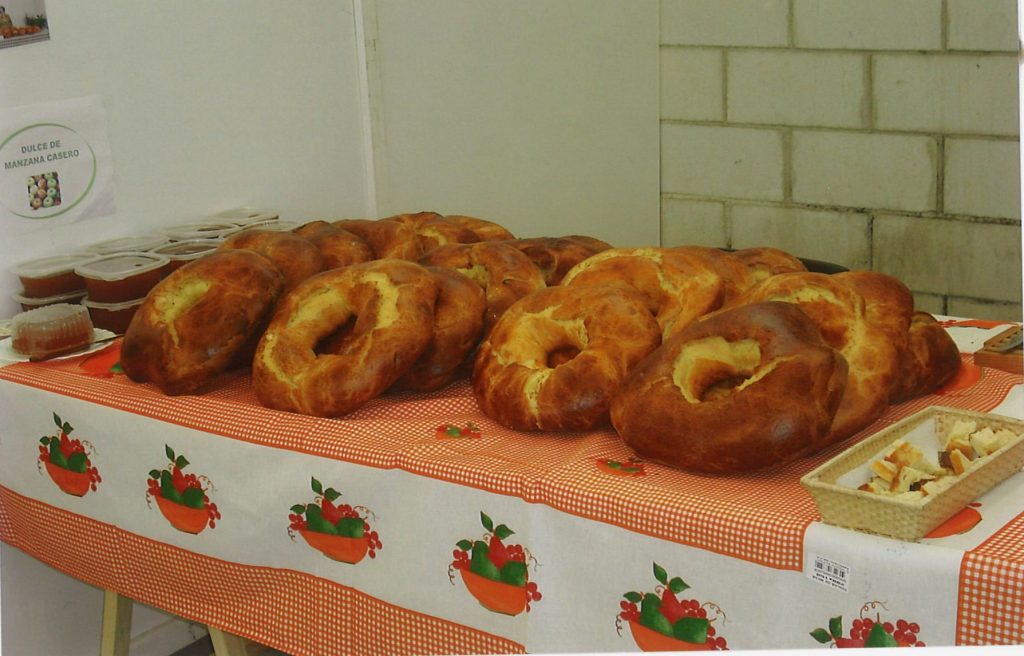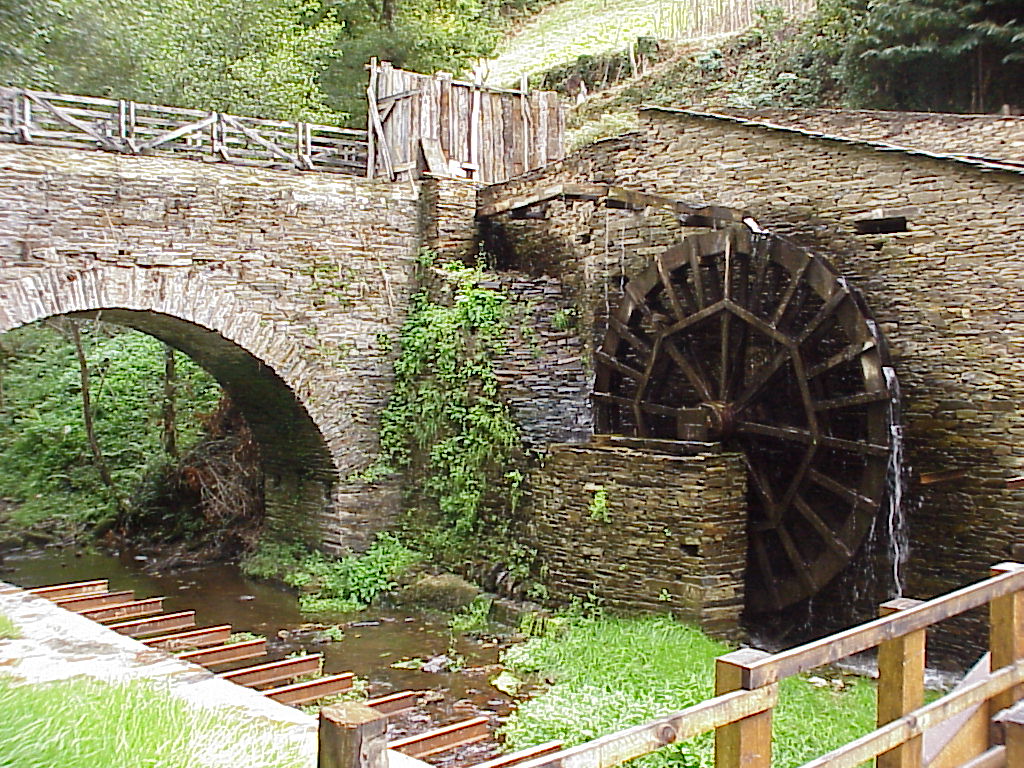- Home
- What to visit?
- Las Minas
Las Minas
- San Martín de Oscos
- Mines
There are remains in the Oscos region that tell us that mining was an activity that was developed in the area since prehistoric times. Before the conquest of the Romans, the inhabitants of this region were already looking for gold nuggets in the river placers. But it was after the arrival of the Romans that this industry was boosted. In the Flavian period, at the beginning of the first century A.D., a first golden age was experienced. The castros (fortified settlements) resurged as a result of the exploitations and the landscape was dotted with small industries of which there are still remains such as: forges, function furnaces and samples of the technology that was used for the exploitation of the deposit.
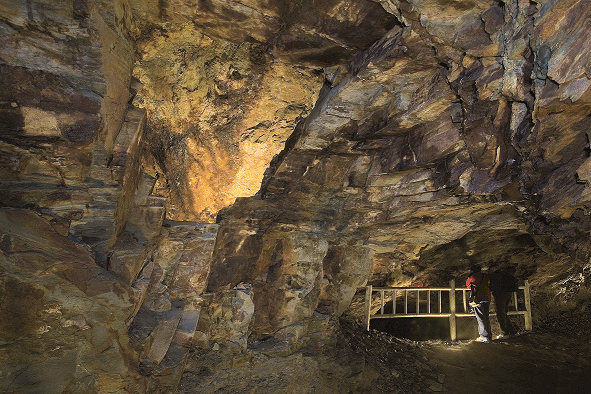
In the middle of the last century, mining resurfaces in the region: iron, lead, copper and zinc are some of the minerals that were extracted. Nowadays there are four mines that can be visited in the council of San Martín de Oscos. In a route of 36 kilometers and with an estimated time of 4 hours you can visit the following mines:
Mine excommunicated
It is accessed from the AS-11 road that connects Vegadeo with La Garganta. At the height of this population, a detour towards Illano leads us through a landscape full of modern windmills to the road that goes to Arruñada. At 1 km from this last detour we see a sign that will guide us turning right to access the mine. The last stretch is done walking about 700 meters immersed in a sea of heather and brambles to reach the facilities and a wide viewpoint that from 1,000 meters high extends our horizon to the most remote spaces. In the mine we can see the chief engineer’s residence, the loading dock or go on an exploration tour through the depths of the main gallery.
Arruñada Mine
It is accessed by taking the road down towards Arruñada and San Martín.
It was a gold deposit exploited in Roman times. From a viewpoint we can see the remains of the large water reservoir of 2,400 m2, the mining channel and the front of the exploitation being a clear example of application of the method of “Ruina Montium” (it was to take advantage of the work done by the water combined with the heat of the fire to remove and move large amounts of material among which, by decantation, gold was located).
Pena Teixeira Mine
It is accessed by the same road down to the village of San Martin de Oscos where accessing through a rural track.
This small roadside mine is a typical example of the most abundant mining model in the region. The stratigraphy indicated an area of deposits rich in ore, then began the open pit mining until the depth of the trench forced to continue the work inside. A visit to its gallery will not lead by a ramp to the outside and from a viewpoint we will be able to see the generated trenches and the front of the exploitation.
Carmina Mine
In San Martín de Oscos, we will head towards Vilarín de Trasmontes. A forest track will take us to the vicinity of the mine near a clearing, where we will leave our vehicle to walk down the path.
Upon arrival we glimpse a slag heap, a stone building to the right of what was once the forge and the stable. To the left, and also in stone, the hopper where the wagons were tilted with the production. In front, and located at a lower level, we see the hut that houses the old transformer.
Inside the mine, artificial light will allow us to take a walk through the main gallery, and we will be able to see haulage ramps, sluice gates, a draught winch, ore in the deposit itself and more.
To be taken into account
The galleries of the Pena Teixeira mine and some of the galleries of the Carmina mine are conditioned to be visited, they even have a lighting system, but for safety reasons it is advisable to enter them with a flashlight. The galleries of the Excomulgada mine are not conditioned to be visited. In addition, access to the interior of the galleries with a vehicle is prohibited.



